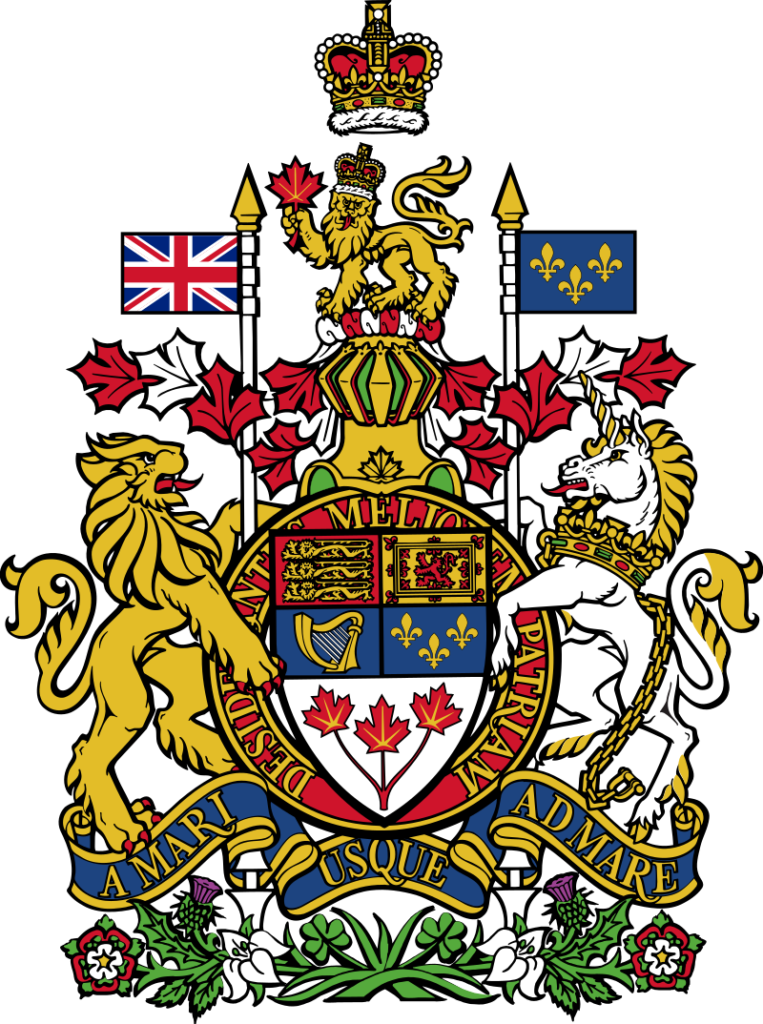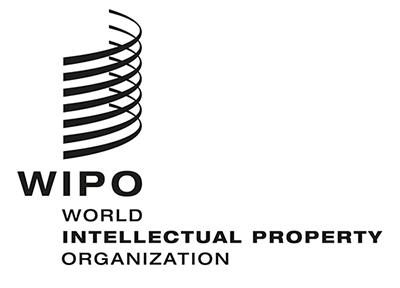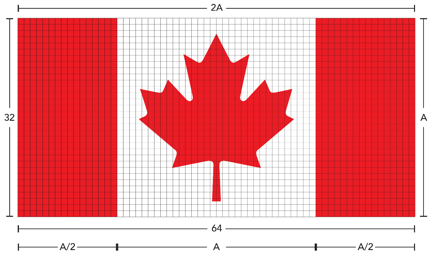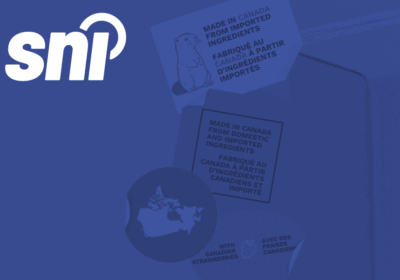In Canada, the maple leaf and the Canadian flag are more than just symbols—they’re the essence of what it means to be Canadian. From evoking national pride to representing our values, these emblems carry immense weight. But, as with anything valuable, they come with a set of rules. If you’re thinking of weaving these iconic symbols into your branding, be prepared to follow a strict playbook. After all, misusing the maple leaf or flag could lead to more than just a slapped wrist. This guide will walk you through the regulations surrounding these symbols and show you how to cleverly navigate the rules—or explore alternative symbols that celebrate Canada just as authentically.
Regulations for Maple Leaf Usage in Canada
The maple leaf is one of Canada’s most recognized national symbols, evoking trust, quality, and Canadian identity. However, its use on consumer products is subject to strict regulations to prevent misleading claims and protect consumers. Businesses must understand these requirements to ensure compliance and avoid legal issues.
Permissibility of the Maple Leaf on Consumer Products
The maple leaf can be used on consumer products, but businesses must ensure it does not mislead consumers about the product’s origin. If the design closely resembles the official 11-point maple leaf from the Canadian flag, it requires government approval for commercial use.

Under Canadian labelling laws, the maple leaf may create the impression that a product is made in Canada. If a product does not meet the criteria for “Product of Canada” or “Made in Canada,” businesses must avoid using the maple leaf in a way that falsely implies Canadian origin.
For example, if a company selling bottled juice imports fruit concentrate but features a prominent maple leaf on the label, it could mislead consumers into believing the product is entirely Canadian.
To claim “Product of Canada,” at least 98% of the product’s ingredients, processing, and labour must be Canadian. For a “Made in Canada” claim, at least 51% of the total direct costs (including manufacturing and processing) must be incurred in Canada, along with a qualifying statement such as “Made in Canada from imported ingredients.” Read more about the use of “Product in Canada” or “Made in Canada” statements here.
Labelling and Inspection Legends
The Canadian Food Inspection Agency (CFIA) regulates the use of the maple leaf in food labels, especially for meat and poultry products under its strict Canadian content claims. The federal inspection legend, which prominently features the maple leaf, can only be applied to federally inspected meat products that adhere to national safety and quality standards. These legends must comply with CFIA’s regulations regarding design, size, and placement to ensure clarity and compliance with Canadian standards.

For instance, a packaged beef product cannot feature a maple leaf-based inspection legend unless it has been federally inspected under CFIA guidelines. Additionally, companies using the maple leaf in advertising or branding should not alter or modify it in a way that changes its intended appearance. A company selling non-Canadian goods should not stylize the maple leaf to resemble official Canadian government marks, as this could lead to legal action.
Legal Considerations and Consumer Protection

The maple leaf is an integral part of various official Canadian symbols and trademarks, and businesses must ensure they do not infringe on trademarked government symbols such as the Canada Wordmark or the official Canadian flag emblem.
Both the National Flag of Canada and the stylized 11-point maple leaf are protected under the Trade-marks Act, which prohibits unauthorized commercial use. The Act prevents businesses from adopting trademarks that resemble official government symbols, including the maple leaf, the Canadian Coat of Arms, and other provincial or municipal emblems.
For example, a private company cannot use a variation of the official 11-point maple leaf in its logo if it closely resembles a government symbol, without prior government approval. Requests to use the National Flag or 11-point maple leaf for commercial purposes must be submitted to the appropriate government authorities for review and approval.

Other government symbols, such as the Coat of Arms of Canada and the Canada Wordmark, are generally reserved for government use, except when acknowledging financial support from the Government of Canada. Additionally, royal emblems (such as the Royal Crown and the Sovereign’s cypher) are protected symbols and cannot be used commercially without authorization from the Canadian Heraldic Authority. Businesses considering the use of any of these symbols should verify the legal requirements to avoid potential violations.
Use of Canadian Symbols Internationally
Under Article 6ter of the Paris Convention for the Protection of Industrial Property, Canada has notified the World Intellectual Property Organization (WIPO) of its intention to protect national symbols such as the Canadian flag, Coat of Arms, and the 11-point maple leaf from unauthorized international use. Countries that are signatories to this convention must refuse or invalidate trademarks incorporating these symbols unless official authorization has been granted.
For example, if a foreign company attempts to trademark a logo featuring the Canadian maple leaf to market non-Canadian products, Canada can request that the trademark be invalidated. Businesses using Canadian symbols in foreign markets should ensure compliance with both Canadian and international trademark laws to prevent legal conflicts.

Under Article 6ter of the Paris Convention for the Protection of Industrial Property, Canada has notified the World Intellectual Property Organization (WIPO) of its intention to protect national symbols such as the Canadian flag, Coat of Arms, and the 11-point maple leaf from unauthorized international use. Countries that are signatories to this convention must refuse or invalidate trademarks incorporating these symbols unless official authorization has been granted.
Key Takeaways: Maple Leaf Usage Regulations in Canada
Permissibility: The maple leaf can be used on products, but it must not mislead consumers about the product’s origin. If a product does not qualify for “Product of Canada” or “Made in Canada” claims, businesses should avoid using the maple leaf in a way that implies it is Canadian-made.
Labelling and Inspection Legends: The Canadian Food Inspection Agency (CFIA) regulates the use of the maple leaf on food labels, particularly for federally inspected meat products. Specific versions of the maple leaf, such as those in inspection legends, must follow strict design and placement standards set by the CFIA.
Legal Considerations: The maple leaf is protected under the Trade-marks Act when it closely resembles official government symbols (e.g., the stylized 11-point maple leaf from the Canadian flag). Unauthorized use of protected versions may lead to legal consequences, and businesses must seek approval from the Government of Canada for commercial use in certain cases.
International Use: Canada protects its national symbols globally under the Paris Convention for the Protection of Industrial Property. Foreign businesses must comply with both Canadian and international trademark laws to avoid potential legal issues when using Canadian symbols in branding or trademarks.
Canadian Flag Usage Guidelines
Similar to the maple leaf, the Canadian flag is an important national symbol that holds significant meaning, representing the country’s values, culture, and history. It is widely used by government entities to symbolize Canada’s identity, which is why its commercial use is closely regulated. This regulation helps preserve the flag’s integrity and prevents its misuse or misrepresentation. Businesses that wish to include the flag in their branding must ensure they fully comply with the established guidelines and seek the necessary approvals before using it on their products or promotional materials. By doing so, they can respect the flag’s symbolic value while adhering to legal requirements.
Permissibility of the Canadian Flag on Consumer Products
Much like the maple leaf and symbols discussed earlier, the Canadian flag is protected under the Trade-marks Act, which prohibits the adoption, use, or registration of any mark consisting of, or so nearly resembling as to be likely to be mistaken for, the Canadian flag without authorization.
Companies intending to use the flag in marketing, promotional materials, or product packaging must obtain expressed permission from the Government of Canada. Requests for permission should be forwarded to the Department of Canadian Heritage, accompanied by a detailed description or visual representation of the intended use. The Department assesses applications based on criteria such as adherence to good taste and the avoidance of conveying a misleading impression of government endorsement.
Display the Canadian Flag and Modification Restrictions
When incorporating the Canadian flag into branding, it must be displayed accurately and respectfully. The flag’s proportions (a 2:1 ratio) and colours (red and white) must remain unchanged. It should not be distorted, cropped, or integrated into other designs that alter its original appearance. For instance, using the flag as a background image or within a logo should be avoided unless it maintains the flag’s prominence and integrity.
Additionally, the flag should not be used in ways that denigrate its honour, such as on window curtains or tablecloths.
International Use of the Canadian Flag

Under the Paris Convention for the Protection of Industrial Property, Canada has notified the World Intellectual Property Organization (WIPO) of its desire to safeguard the Canadian flag from unauthorized international use. This means that any country that is a member of the convention is required to prevent the use of the Canadian flag in trademarks or logos unless the business has received explicit permission from the Canadian government. Therefore, businesses that operate internationally must ensure they comply with both Canadian and international regulations when using the flag, to avoid legal complications and to respect the flag’s protected status globally.
Key Takeaways: Canadian Flag Usage Guidelines
Permissibility: The Canadian flag is protected under the Trade-marks Act, which prohibits unauthorized commercial use. Businesses wishing to use the flag for commercial purposes must request permission from the Department of Canadian Heritage, providing a detailed description or visual representation of the intended use.
Display and Modification Restrictions: The Canadian flag must be displayed accurately, maintaining its official proportions (2:1 ratio) and red-and-white colour scheme. Modifications, distortions, or alterations—such as incorporating it into logos, marketing materials, or as a background design—are not permitted if they compromise its integrity or falsely imply government endorsement.
International Use: Under the Paris Convention, Canada protects its flag from unauthorized international use. Businesses outside Canada must comply with both Canadian regulations and international trademark laws to avoid legal violations when using the flag in trademarks or commercial branding.
Alternative Symbols for Branding
When looking for replacements for the maple leaf in branding, it’s essential to select symbols that truly represent and reflect Canadian identity. Doing so will allow brands to differentiate themselves and create a memorable impression while remaining respectful of the nation’s values and heritage.
Beyond improving consumer understanding, these alternatives should celebrate Canada’s rich and diverse cultural history, providing new creative and impactful visuals that resonate with consumers. By thinking outside conventional branding methods, companies can create impactful campaigns that authentically honor Canadian culture.
Explore Canadian Animals
Canada’s wildlife offers a fertile and diverse array of symbols for branding. Iconic animals like the beaver, loon, moose, and Canada goose have historically helped shape the country’s identity and are powerful representations of its nature.

Beaver: As Canada’s national animal, the beaver holds great historical significance due to its role in the fur trade. Brands like Parks Canada have successfully incorporated beaver imagery into their branding to emphasize their identity as stewards of nature and conservation. This symbol is a strong choice for brands aligned with nature and environmentalism.

Loon: The loon is an iconic Canadian bird featured on the one-dollar coin, the “loonie.” It is synonymous with the tranquility of Canada’s natural spaces. Brands related to outdoor gear, tourism services, or products that promote a sense of calm and adventure can benefit from this symbol.

Canada Goose: The Canada goose is a symbol of resilience, migration, and strength. The outerwear brand Canada Goose has effectively used this symbol, aligning it with qualities of durability and endurance, matching the harsh Canadian climate. This example shows how animal imagery can forge an emotional connection with consumers, particularly for brands centered on outdoor lifestyles or tough conditions.
Consider Iconic Landscapes
Canada’s breathtaking natural scenery is as varied as it is stunning, making it perfect for branding. From the majestic Rocky Mountains to the rugged coastlines of the Maritimes, these landscapes evoke a deep sense of Canadian pride and beauty.

Boreal Forest: The boreal forest is an ideal symbol for companies promoting sustainability. It represents Canada’s natural resources and environmental responsibility, making it perfect for eco-conscious brands.

Rocky Mountains: With their towering peaks, the Rockies are often used in tourism and adventure branding to evoke a sense of grandeur and adventure. Companies promoting outdoor exploration or products that connect with rugged, natural settings often incorporate this symbol to highlight their commitment to Canadian values and quality.

Regional Pride: Businesses can also leverage regional landmarks to connect with local pride. For example, a Nova Scotia-based company might incorporate imagery of the Cabot Trail, while a Vancouver-based company could use the scenic beauty of the Pacific coastline. These regional landscapes inspire a sense of place, belonging, and pride in both local and international consumers.
Use Abstract Designs
Abstract designs inspired by Canadian culture also provide a unique and creative avenue for branding. These designs allow brands to evoke Canadian identity in a more subtle, yet impactful, way.

Indigenous Art: Stylized representations of Indigenous art can serve as a powerful homage to Canada’s heritage. However, it’s crucial for companies to seek permission from Indigenous communities or artists before using these designs to avoid cultural appropriation. Indigenous art often carries deep spiritual and cultural significance, so it’s vital that brands engage with these communities respectfully.

Geometric Patterns and Stylized Imagery: Designs such as geometric patterns or stylized representations of maple trees, snowflakes, or the northern lights can serve as modern yet distinctly Canadian symbols. These abstract designs offer flexibility across multiple platforms, allowing businesses to create visually striking campaigns that maintain Canadian pride. When done well, they can appeal to a global audience while remaining true to Canada’s identity.
Legal and Ethical Considerations
It’s important to note that while these symbols are powerful tools for branding, businesses must be mindful of legal, cultural, and ethical implications. For instance, Indigenous symbols must be used with permission to avoid cultural appropriation. Additionally, wildlife and landscapes should be used thoughtfully, acknowledging their significance to the land and its people, including Indigenous communities whose lands these symbols represent.
Final Remarks
While the maple leaf and the Canadian flag are tightly controlled, the good news is there’s no shortage of ways to weave Canadian identity into your branding. From wildlife to scenic landscapes and abstract designs, there’s a wealth of imagery to tap into without running afoul of the law. Respect the rules, celebrate the culture, and you can build a brand that resonates with consumers while keeping it as proudly Canadian as a perfectly timed winter snowstorm.

Chat with our team to understand the regulations around using the Canadian flag or maple leaf on your product labels and marketing—stay compliant while showcasing your brand!
💡 Compliance is easy with the right support!
📩 info@sourcenutra.com
FAQ
Are there regulations for using the maple leaf on products?
Yes. While the maple leaf is a widely recognized national symbol, its use in branding and product packaging is regulated to prevent misleading claims regarding Canadian content. Under the Competition Bureau’s “Product of Canada” and “Made in Canada” guidelines, products featuring the maple leaf must meet specific origin requirements to avoid misleading consumers about where they were made. Additionally, businesses must ensure that their use of the maple leaf does not closely resemble official government symbols, such as the Canada Wordmark or the Canadian Coat of Arms, which are protected under the Trade-marks Act.
Isn’t the Government of Canada constantly restricting people’s use of the maple leaf?
Not exactly—the goal isn’t to prevent people from using the maple leaf but to ensure it’s used appropriately. Regulations exist to prevent deceptive marketing, especially when a product’s origins may be unclear. For example, if a product is not entirely made in Canada, its packaging cannot imply otherwise simply by displaying a maple leaf. These guidelines help maintain the integrity of national symbols while ensuring transparency for consumers about the Canadian ingredients used in their food products.
Can I use the Canadian flag on my products?
Yes, but with conditions. You can display the Canadian flag on products as long as it is not altered, distorted, or used in a misleading way. The Government of Canada discourages using the flag in a manner that implies government endorsement or official status. Businesses should refer to the Canadian Heritage guidelines for proper flag usage and seek permission when incorporating the flag into commercial branding.
How does the maple leaf influence consumer perception?
The maple leaf is synonymous with authenticity, quality, and national pride. Studies show that consumers associate Canadian-branded products with high standards, sustainability, and trustworthiness—particularly in industries like food, agriculture, and tourism. In international markets, a maple leaf can boost brand appeal, as many consumers see Canada as a clean, ethical, and premium producer.
Where can I find official resources for maple leaf usage?
For up-to-date regulations and guidelines, check the following resources:




